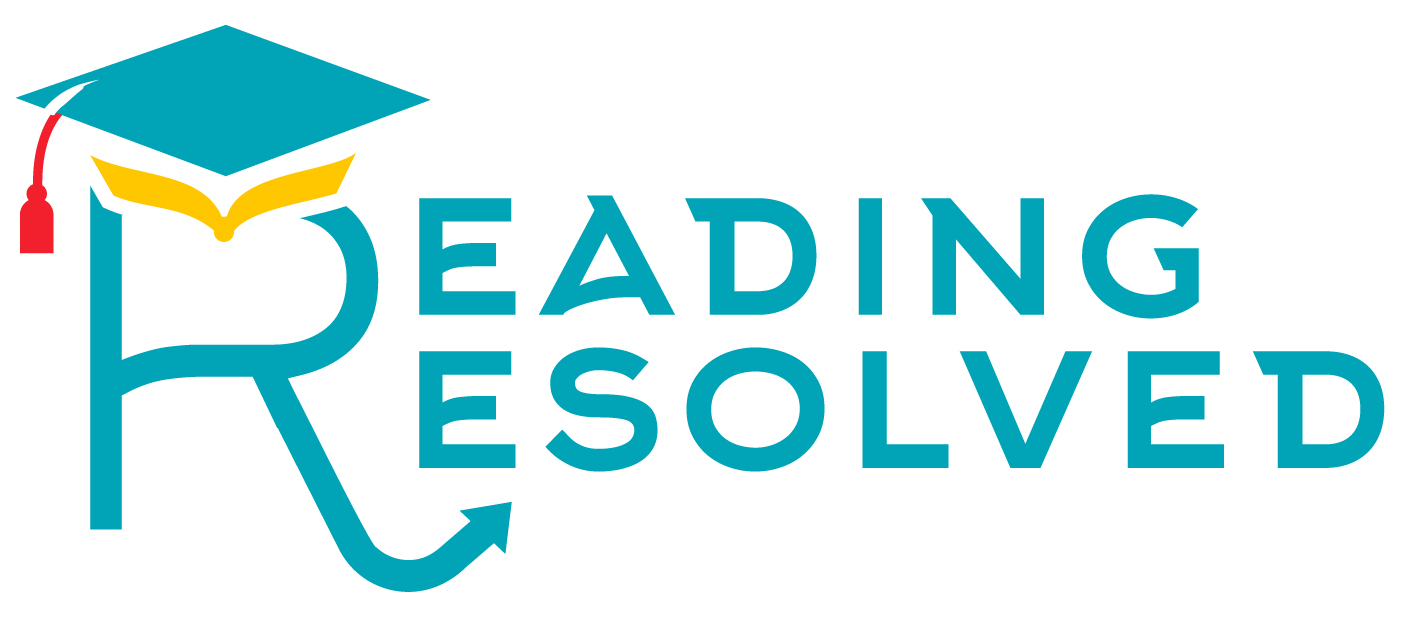Understanding Dysgraphia: Core Characteristics and Support Strategies
Dysgraphia, a learning disability that significantly impacts a person's ability to write and express thoughts in written form, is often less recognized than dyslexia. Despite its underemphasis, dysgraphia profoundly affects academic performance and daily life. To effectively support individuals navigating this condition, it's crucial to understand the fundamental features of dysgraphia and the challenges they face
What is Dysgraphia? Defining this Writing Disorder
Derived from the Greek words "dys" (impaired) and "graphic" (writing), dysgraphia literally means impaired writing. This neurological condition differs from intellectual or creative disabilities, primarily affecting motor coordination, memory, and other processes involved in writing. Dysgraphia can occur as a singular learning difficulty or alongside other conditions such as dyslexia or Attention Deficit Hyperactivity Disorder (ADHD). Recognizing the signs of this writing disorder is the first step towards providing effective support.
Key Characteristics of Dysgraphia: Identifying the Signs
Recognizing these core characteristics can help parents and educators identify potential dysgraphia and seek appropriate professional help. These signs often manifest in a variety of ways:
Poor Letter Formation:
Letters may be inconsistently formed, appearing compressed, overly spaced, varying in size, or exhibiting a mix of cursive and print.
Slow Writing Speed:
Individuals with dysgraphia often write slowly and struggle to keep pace with writing demands in the classroom.
Frequent Erasures and Rewriting:
A common tendency to erase and rewrite frequently in an attempt to achieve legibility.
Fine Motor Skill Deficits:
Pencil Grip Issues:
Difficulty holding a pencil correctly, often resulting in hand fatigue and discomfort.
Uncoordinated Hand Movements:
There are challenges with fine motor tasks requiring precise hand and finger movements, such as drawing, cutting, or manipulating small objects.
Association with Other Conditions:
Dysgraphia can co-occur with other learning disabilities or conditions like Autism Spectrum Disorder.
Cognitive and Language Processing Difficulties:
Difficulty Organizing Written Thoughts: Struggles with structuring sentences and organizing ideas logically in written form.
Persistent Spelling Errors: Frequent misspelling of even common and familiar words.
Letter Omission or Addition: A tendency to leave out letters or add unnecessary letters when writing.
Emotional and Behavioral Impact:
Frustration and Avoidance of Writing Tasks: Writing can be a source of significant stress, leading to avoidance of writing-related activities.
Low Self-Esteem: Individuals may develop feelings of inadequacy, particularly in academic settings where writing is often assessed.
Diagnosing Dysgraphia: A Multi-faceted Evaluation
A comprehensive diagnosis of dysgraphia typically involves a team of specialists, including occupational therapists, psychologists, and educators. Key components of the diagnostic process include:
Handwriting Analysis: Assessing legibility, writing speed, and the consistency of letter formation.
Fine Motor Skill Assessments: Evaluating hand-eye coordination and pencil control.
Cognitive and Language Evaluations: Assessing language processing, memory, and the ability to organize thoughts. Early identification and accurate diagnosis are crucial for implementing timely and effective interventions for this learning difficulty.
Strategies for Supporting Dysgraphia: Educational and Therapeutic Approaches
While there is no "cure" for dysgraphia, various strategies can help individuals effectively manage its challenges:
Educational Accommodations:
Providing opportunities to use keyboards or speech-to-text software for written tasks.
Allowing extended time for completing written assignments.
Occupational Therapy Interventions:
Targeted activities to improve fine motor skills and hand-eye coordination.
Instruction on proper pencil grip and writing posture.
Assistive Technology Tools:
Utilizing typing programs, graphic organizers, and other digital tools to support writing.
The Importance of Dysgraphia Awareness and Advocacy
Increasing public awareness about dysgraphia is essential to ensure that individuals receive the understanding and support they need. Educators and parents play a vital role in recognizing the signs and advocating for appropriate interventions. With the right support and accommodations, individuals with dysgraphia can overcome their writing challenges and achieve their full potential in their personal and academic lives.
Conclusion: Empowering Individuals with Dysgraphia
Dysgraphia underscores the complex nature of writing as a multifaceted process. By acknowledging the needs of individuals with this motor and processing challenge and providing them with effective tools and strategies, we empower them to succeed despite their limitations. Early identification and tailored support from caregivers, educators, and families are key to helping those with dysgraphia maximize their abilities and thrive.
About the Author:
Sakina Khan is an educational specialist and the founder of Reading Resolved, a tutoring company based in Mississauga, Ontario, dedicated to supporting students with reading and writing challenges, including dyslexia and dysgraphia. With 25+ years of experience in the field, Sakina Khan is passionate about providing evidence-based strategies to help learners achieve their full potential. You can learn more about Reading Resolved and their services at https://readingresolved.com.
